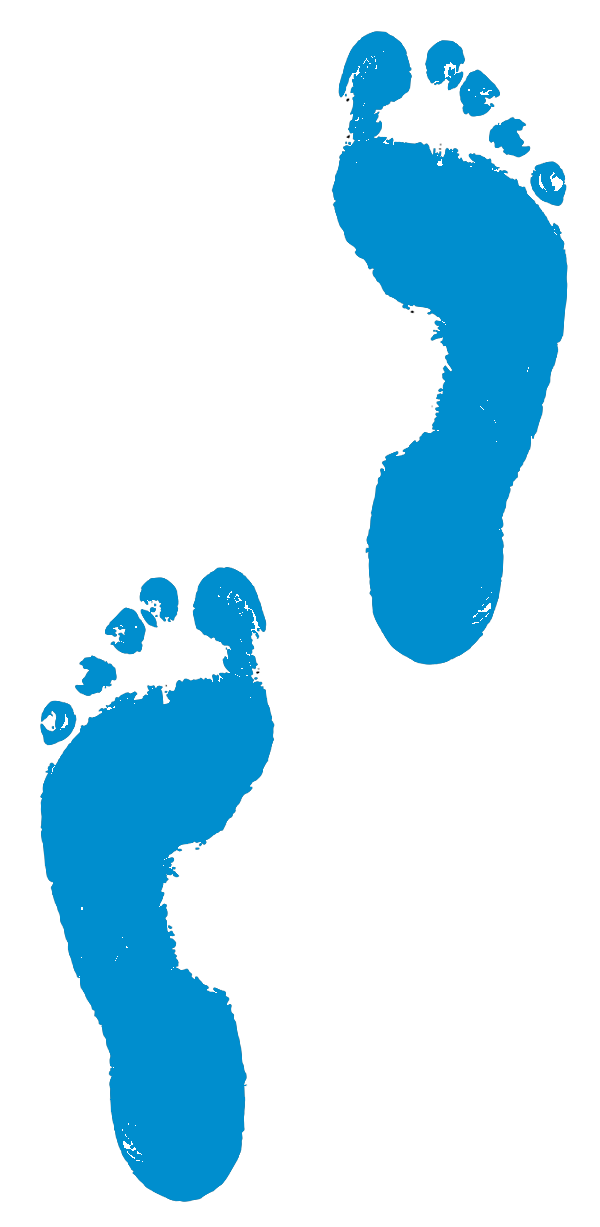There are 4 actors in the entire procedure of occupational health prevention:
- Superiors
- Employees
- Personnel department and
- The company doctor
No one on the list but the supervisor may know his or her happiness. The supervisor is responsible for the health of his/her employees and therefore also for registering for occupational health screening. The supervisor must therefore also use the risk assessment (and the guidelines for determining precautions) to find out which employees* must be registered for which precautions (compulsory precautions) or to whom which precautions must be offered (supply precautions).
If you are an employee and do not know whether you need to take out a pension or whether you should be offered one, ask your superior about it.
If you are a supervisor, find out what you need to do here.

What kind of precaution can it be?
In the first step, you take the risk assessment that you (hopefully) have prepared for the activities and workplaces of your employees at hand. If the term risk assessment is new to you, click here for more information. If you have not yet done a risk assessment, you should do so as soon as possible.
As a rule, the risk assessment already determines the prerequisites for occupational health precautions, i.e. whether the precaution is necessary or not. You are welcome to use the additional guides for determination. You will need the so-called precautionary reasons or the previous principles (G-numbers), if applicable, to register for the precautionary measures at a later date or to fill out the form. It is still relatively easy and quick to find out. However, it must still be stated whether this is an wishful precaution or a compulsory precaution.
The following rule of thumb applies: compulsory provision is always required if it involves blatant hazardous substances or sometimes extreme working conditions. If the activity is subject to occupational exposure limits, it may be possible to make provision for both supply and obligation. Offer when risks exist but it is unlikely that limits will be exceeded. Mandatory if limit values are likely to be reached or even exceeded.
In the list of occasions and principles you will come very far. If this is not enough, take the corresponding DGUV information at hand. In case of doubt, you are of course also welcome to ask your company doctor.

Very easy with the new online form
After you have collected all the necessary information, fill out the online form. The form consists of 3 pages (tabs) for your convenience.
On page 1, the applicant enters his/her information in sine. This is important for the notification of the contact person. It may be that you, as the superior, do not make the application yourself. In addition, the department, employee's working group, supervisor, date and P.O. box are entered. This makes it easier for the personnel department to manage the registration data.
On page 2, the employee's data is entered, do not forget the date of birth!
On page 3, the pension reasons follow. Up to 3 occasions per person are possible. Select the event from the drop-down list. Below this, use the radio button to indicate whether it is a mandatory or an offer pension and in the text field briefly describe with a few keywords the activity for which the pension is necessary or should be offered. If you are unsure which type of pension you need to choose, you can use our small precausion app to help you.
At the end you send the form by mouse click. You will first receive an overview of the data entered with a request to check whether all the data is correct. Then confirm with "Continue". A confirmation page opens with the same overview, which can no longer be changed. At the same time you will receive a confirmation message (from the applicant) and a message will be sent to the personnel department that a new application has been received.
Please note: Only one person can be registered at a time! If several persons are to be registered, you must complete the form again. But don't worry: The form has remembered the previous information. As soon as you enter the initial letter, e.g. of the department, you can select the complete previous entry from a small field below the entry field.
Please inform your employee about the registration!

You'll be invited!
If you are a supervisor or an applicant, your task is (almost) done.
The invitation is, of course, valid for you as a co-worker and will be sent to you by in-house mail in a sealed, personal envelope shortly after registration by the Human Resources department. In this invitation you will be informed that
- That you must or may (depending on the offer or obligation) take occupational medical precautions
- For which occasions you have been invited and
- You will be asked to proactively arrange an appointment with the company doctor for preventive medical care yourself.
Please note: If this is a compulsory pension plan, you must make an appointment and make use of it. If you do not do so, this may have consequences under labour law. On the other hand, a supply precaution would be an offer that you can refuse without having to fear any consequences.

An informative conversation
Important: This is a conversation and not an examination. No one can force you to have a medical examination, or at most recommend it. Whether you want to have an examination is up to you and nobody else.
Also important: The interview takes place during working hours. You don't have to take any leave and your superior has to release you for it.
If this is a compulsory precaution, it is important that you appear at the appointment. If you are unable to attend the appointment, cancel it, but not without replacement. Arrange a new one. If you simply do not attend without telling us or making a new appointment, this may have consequences under labour law.
If you are unable to take advantage of an offer provision, please cancel it. This would be polite!
Bring your letter of invitation to the appointment.
In a discreet atmosphere, the company doctor will complete a medical history sheet together with you, i.e. document your "health history" with just a few questions. Do you suffer from allergies, do you take medication or are you a smoker? These are questions that are important for assessing your current state of health. Depending on the precaution for which you are registered or the activity you are to perform, your state of health may be the prerequisite for another or completely new activity.
Depending on the precautionary reason, you may be asked to have your lungs listened to (please hold your breath, say "aaaaaa"). The doctor may recommend that you have a more detailed examination, e.g. a blood test or X-ray (the latter in the clinic).
This takes about 15 to 20 minutes. At the end, you will receive confirmation that you have attended the appointment. For your records and, if necessary, as proof for your superior(s).

Day of Truth
You may have already been informed of the result of the anamnesis or the short examination at the end of the appointment. If you have had a blood test, you may have to wait a few days.
First and foremost, the purpose of prevention is to maintain your health, i.e. whether there is a possibility that an activity may have a negative effect on your health. You have already been advised and informed about this. Now 2 possibilities come into question:
All is well: You can carry out the planned activity without risk.
Not everything is good: Perhaps you should not exercise the planned activity rather or this is even excluded. E.g. because of a previous illness, pregnancy, etc.
In any case you will receive a certificate of the examination with the result. This letter is only for you and nobody else!
If you should not or are not allowed to exercise the planned activity on medical advice,
- This must not have any consequences for you under labor law, and
- Your supervisor must be informed of this.
Like all doctors, the company doctor is bound by the duty of confidentiality. For this reason, you will always receive a certificate (similar to the certificate of incapacity for work issued by your family doctor) to be presented to your employer. The certificate states that you cannot perform the job, but not why.
However, there is no reason why you should not inform your superior(s) personally. You do not have to reveal any details.
Finally, the company doctor will inform the personnel department that and when you took part in the pension scheme. The company doctor will document the process and will automatically invite you to a (regular) repeat screening if necessary.

